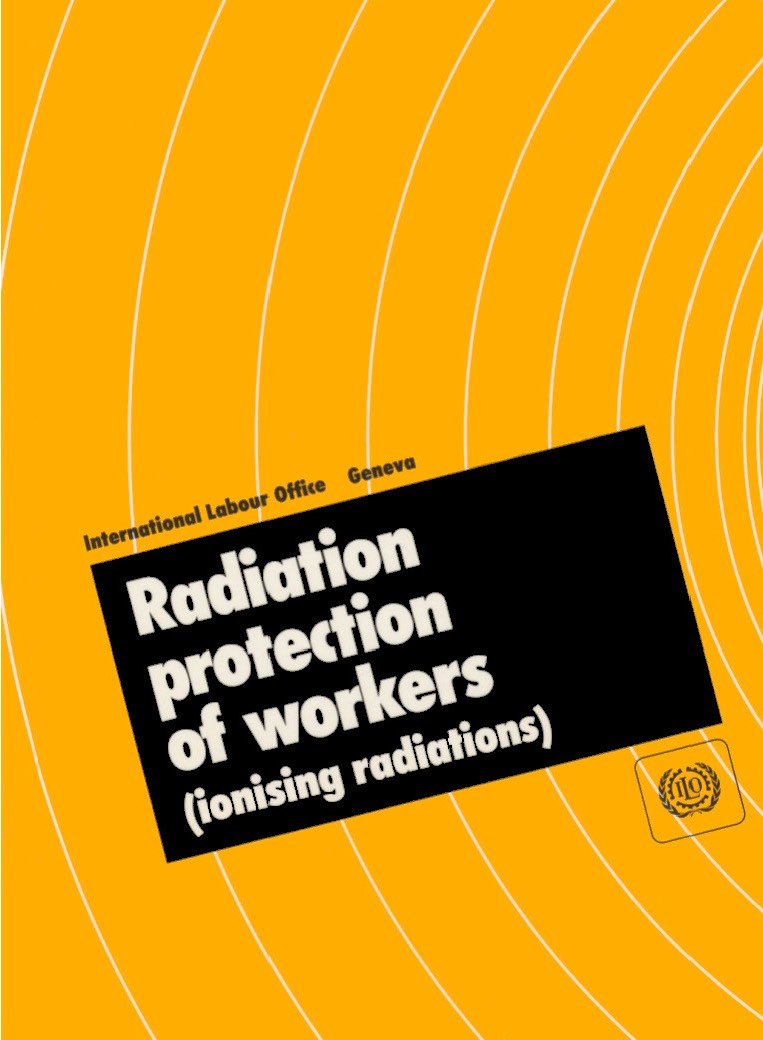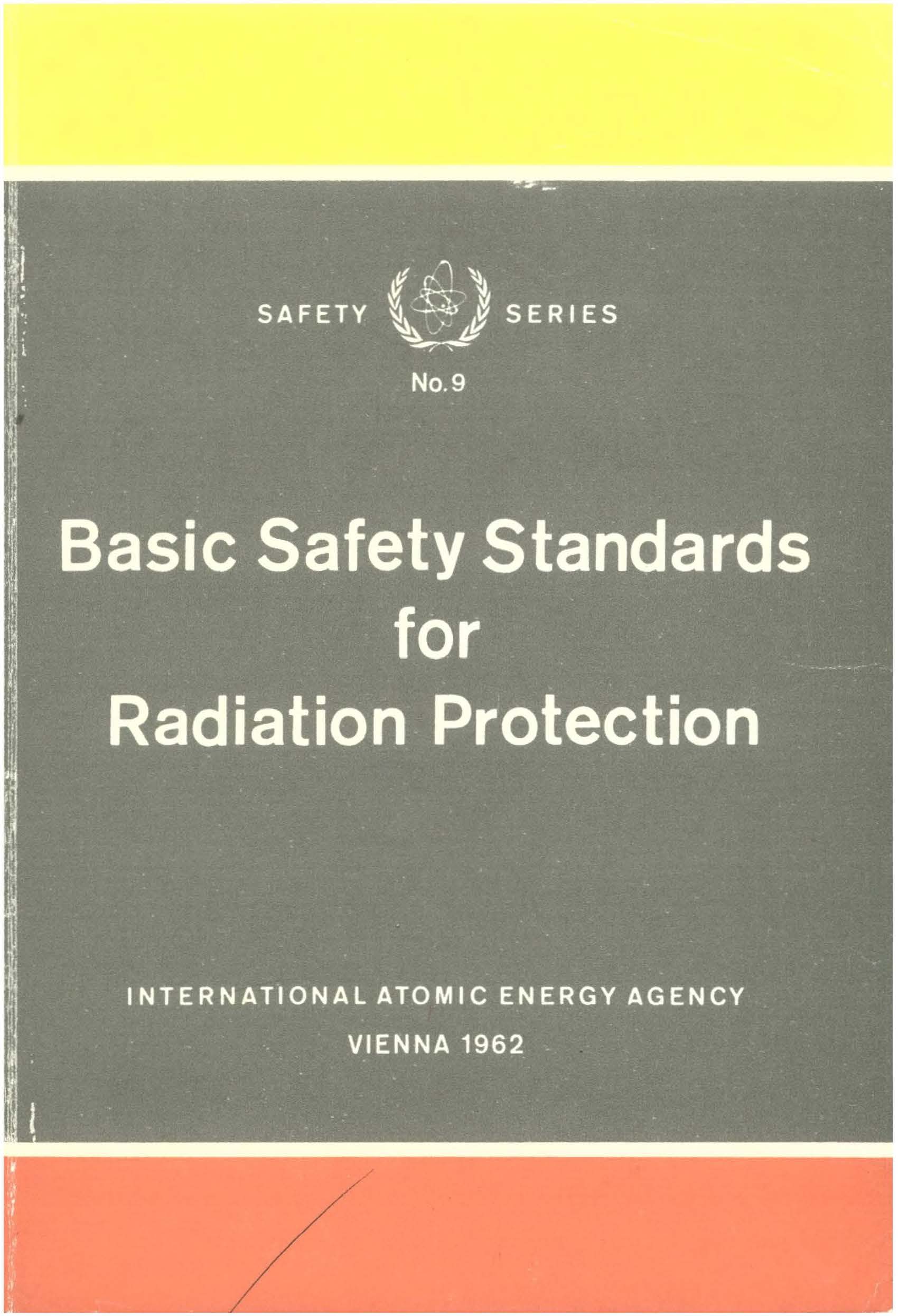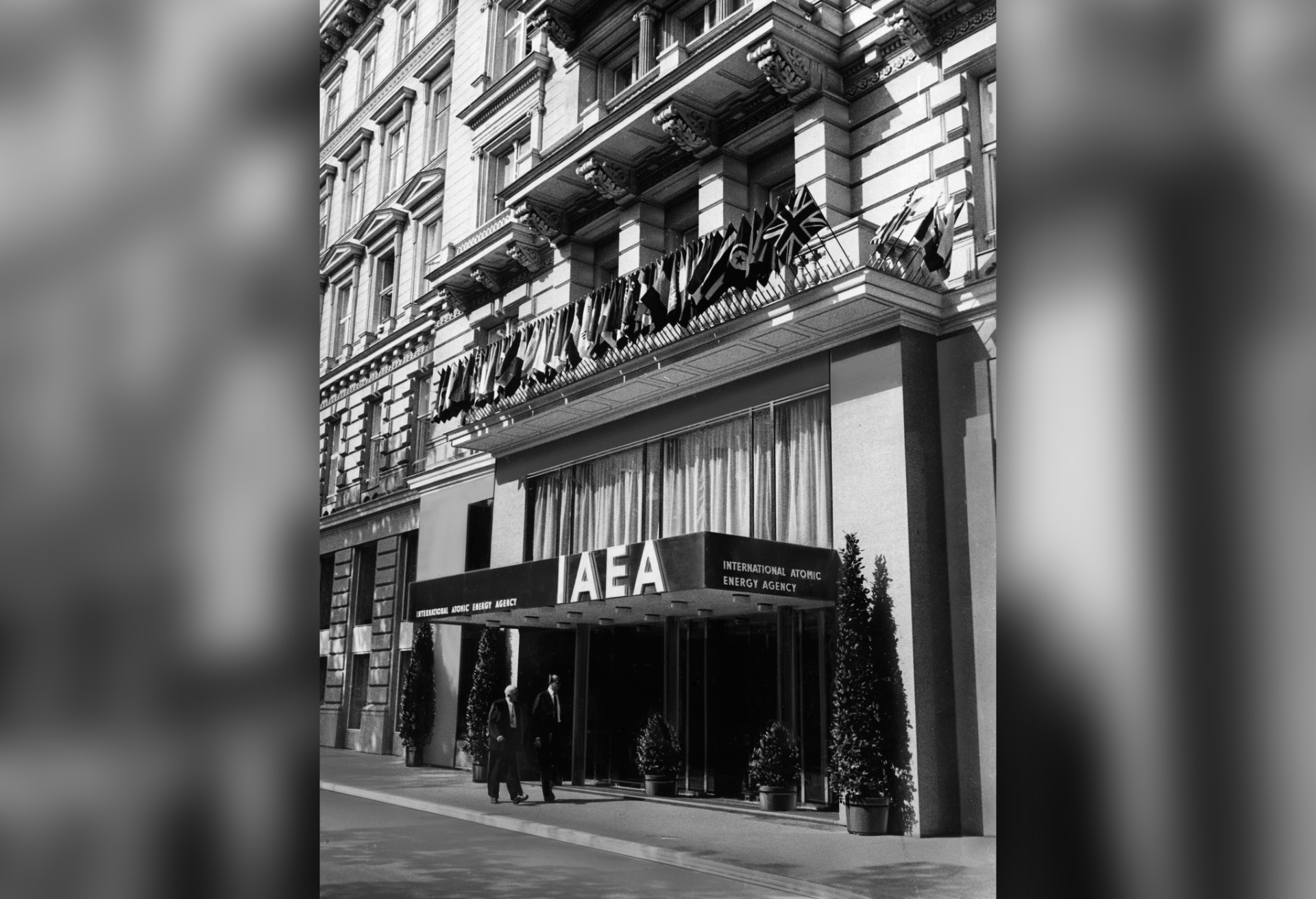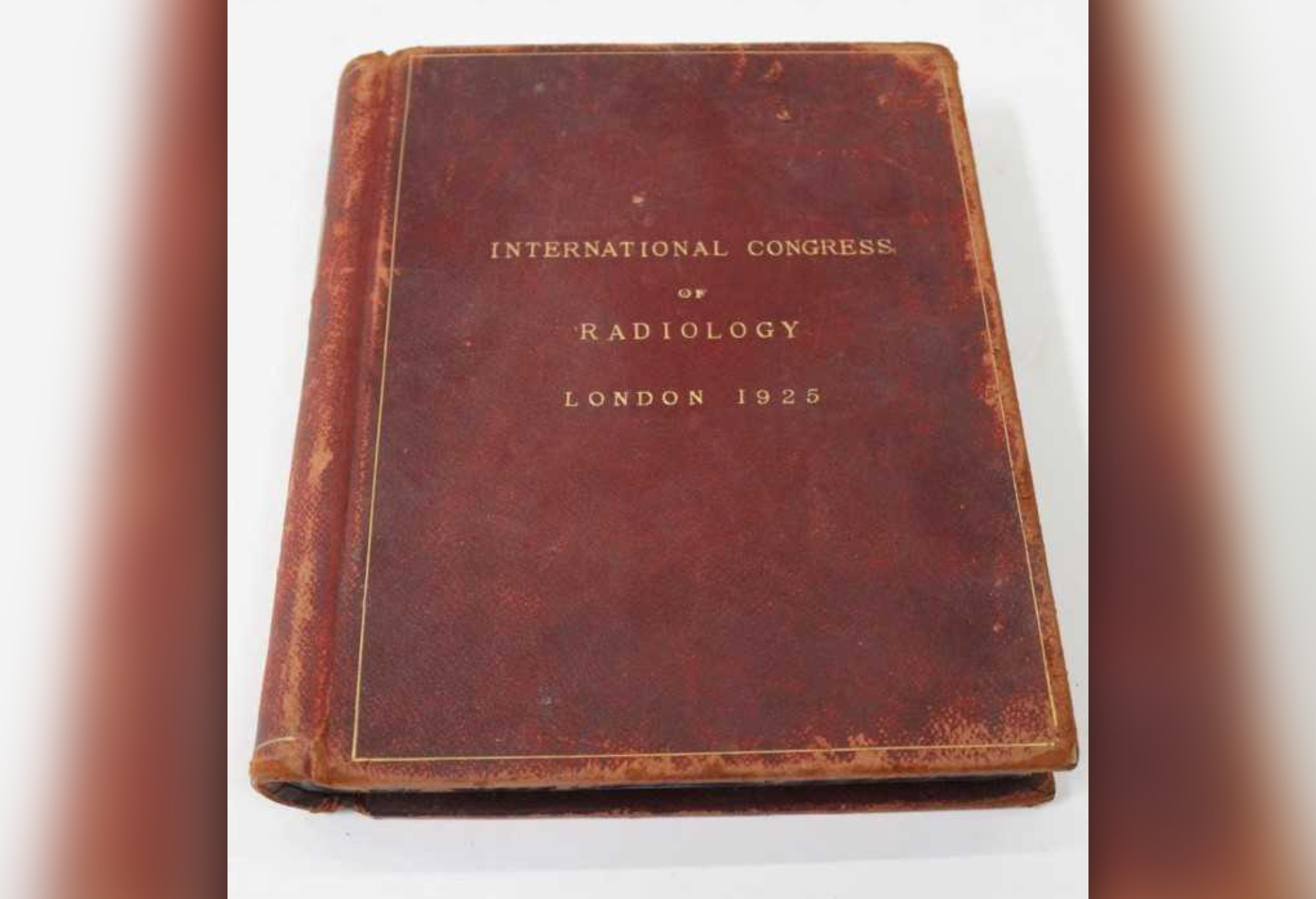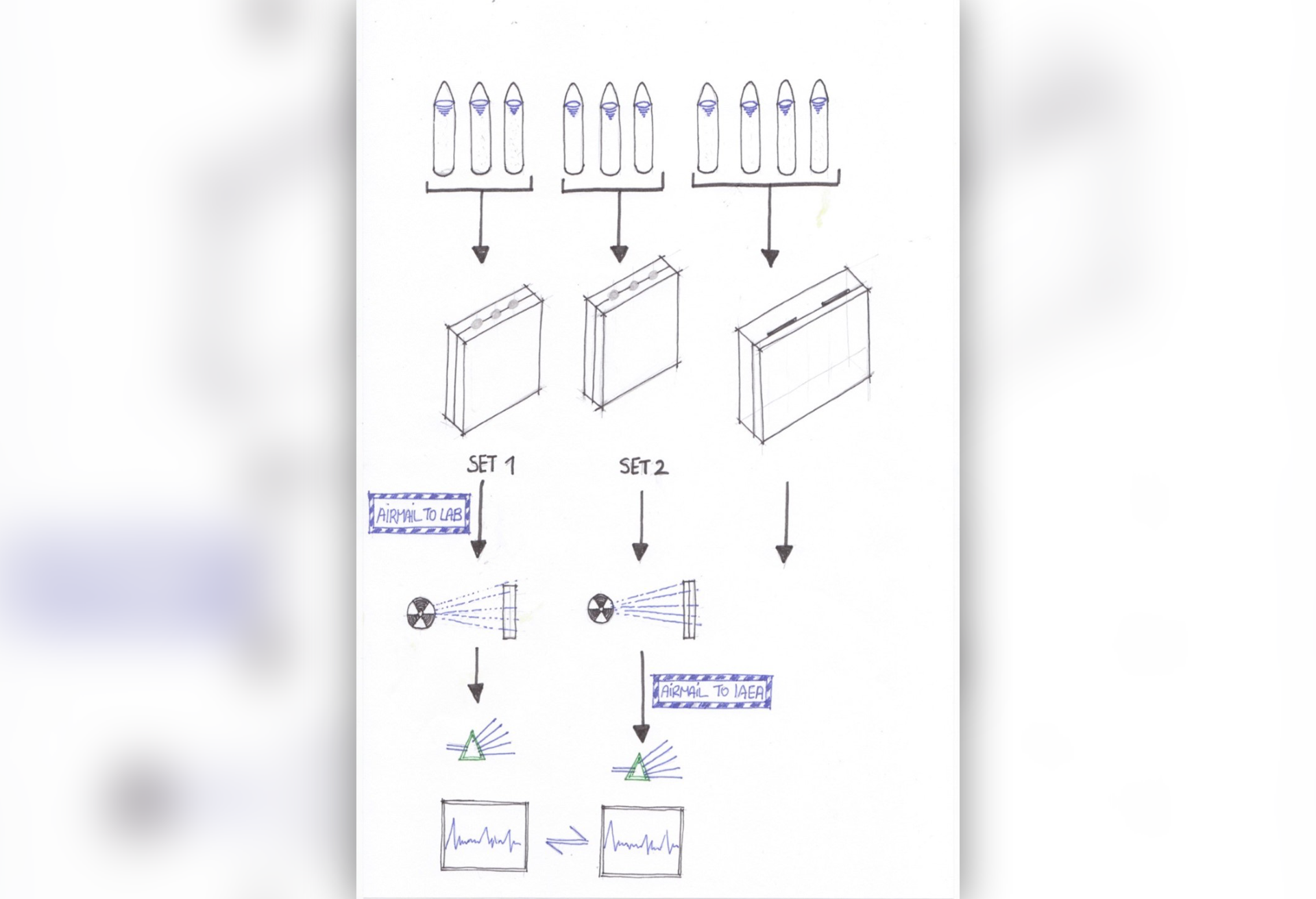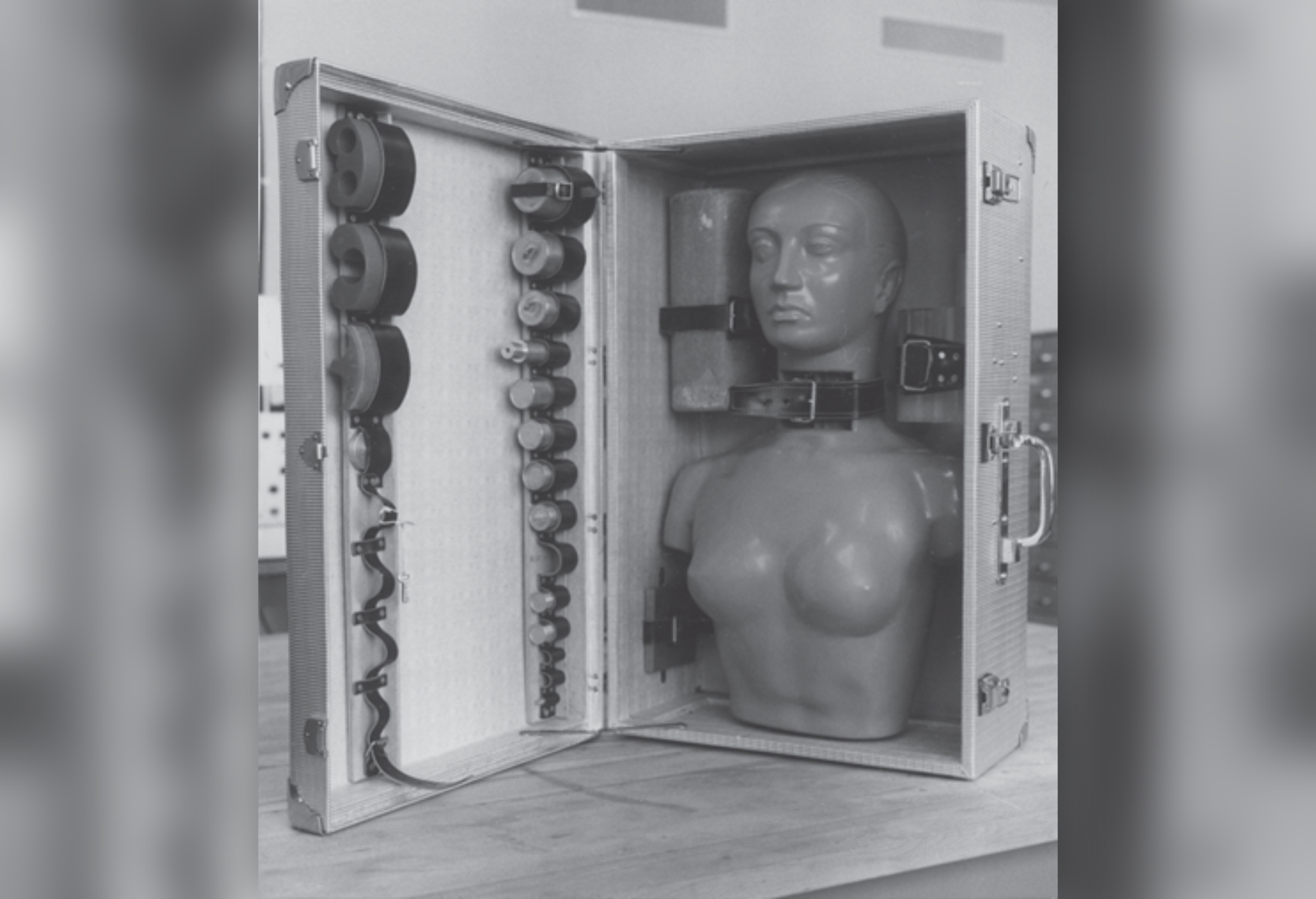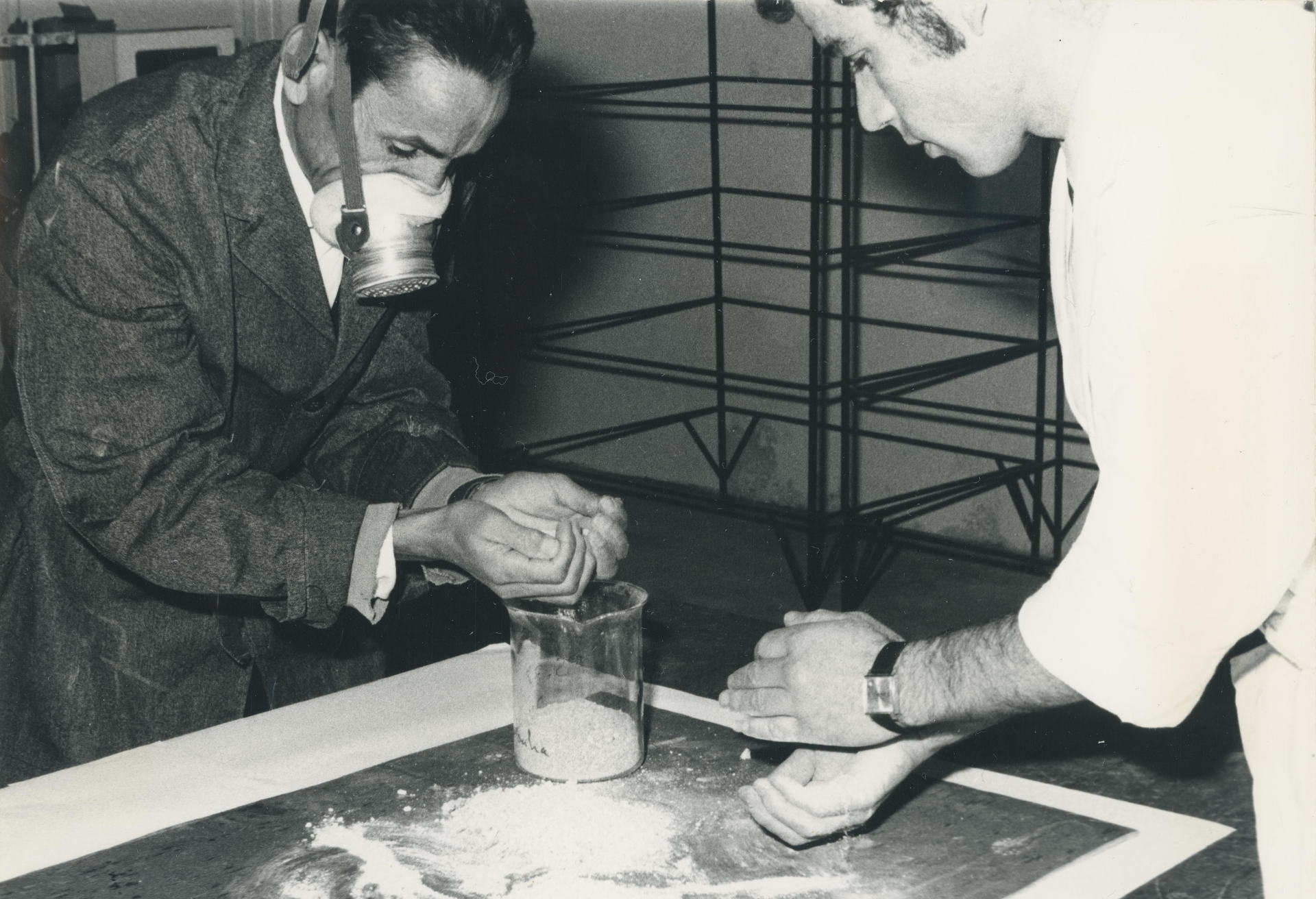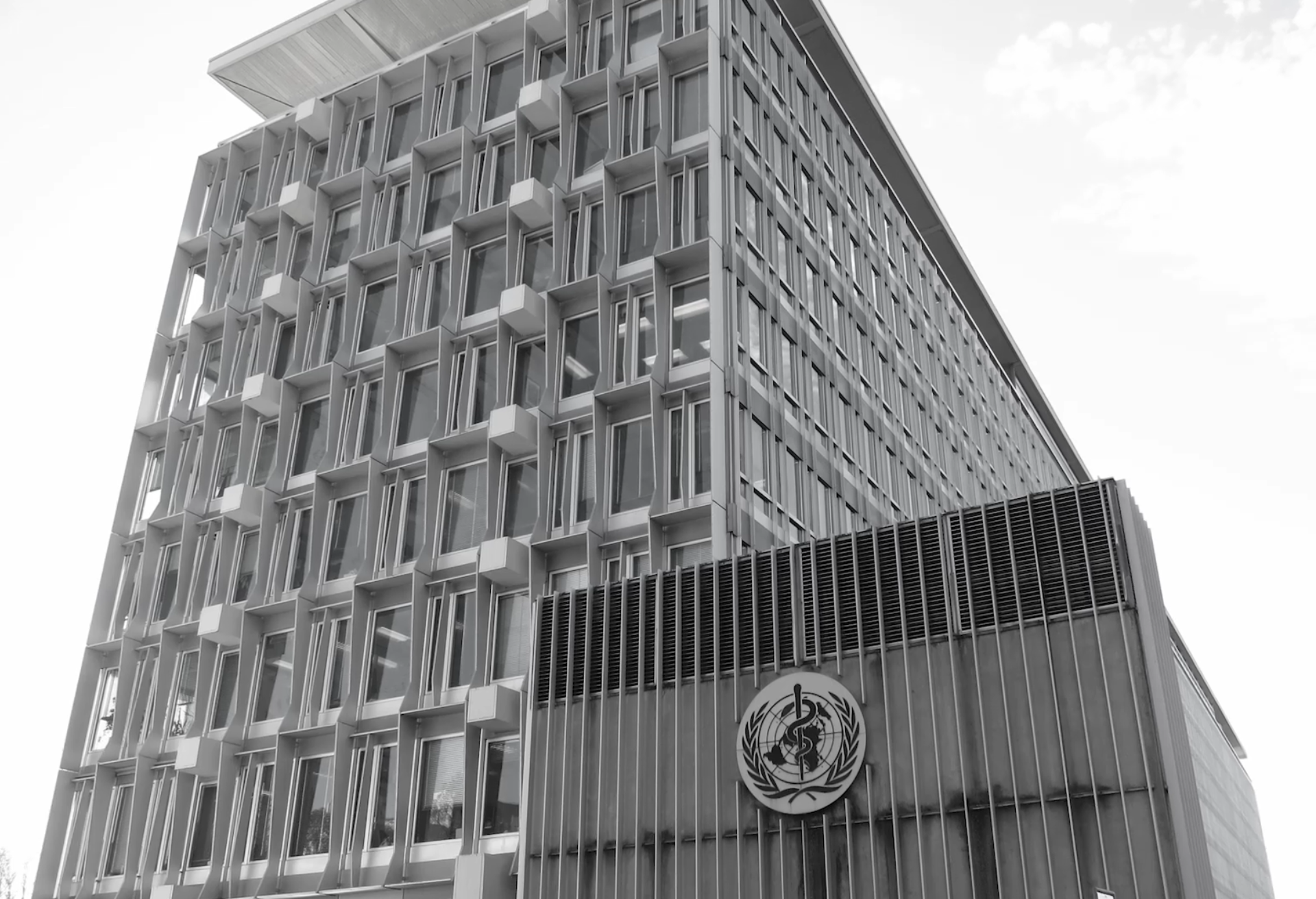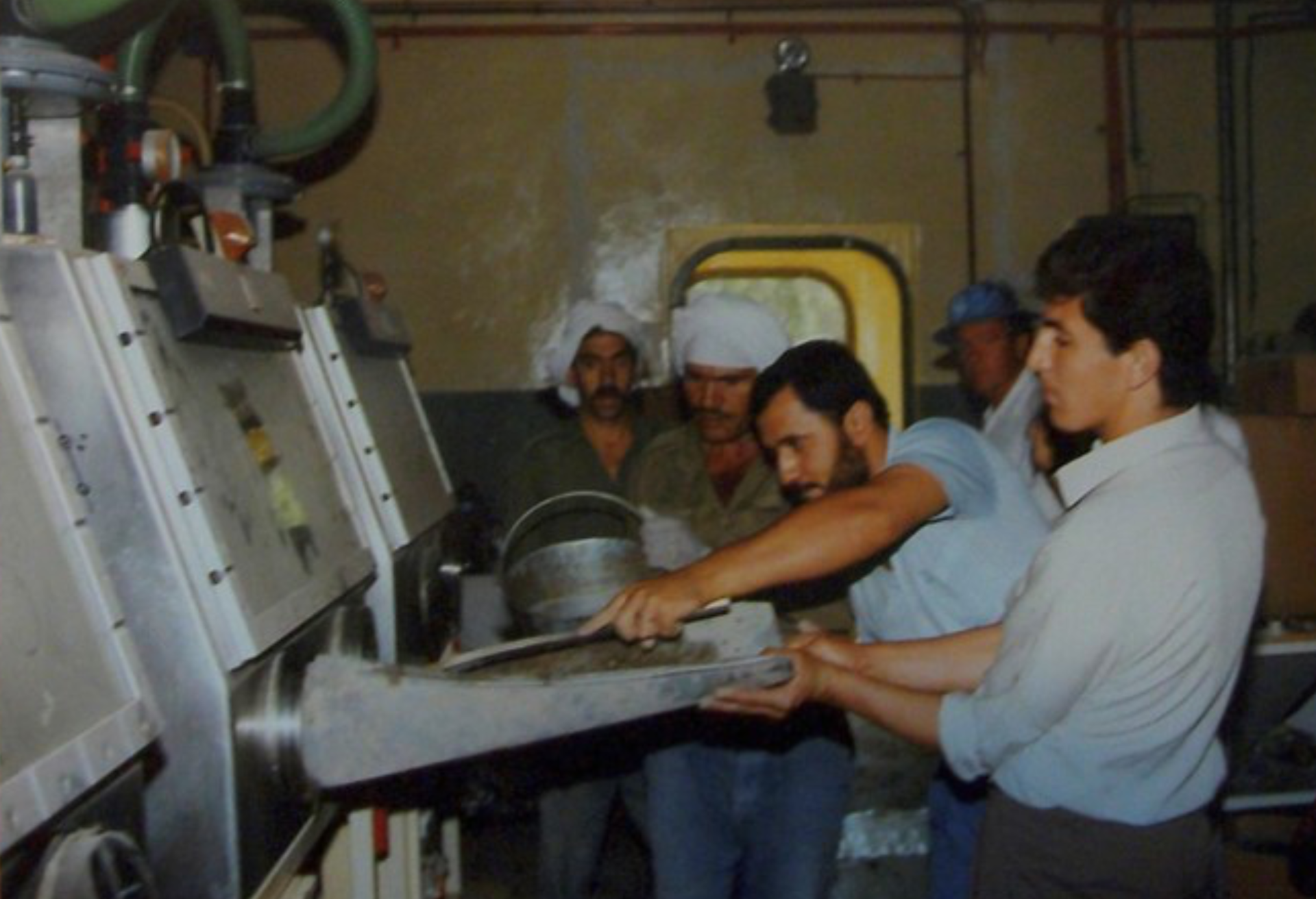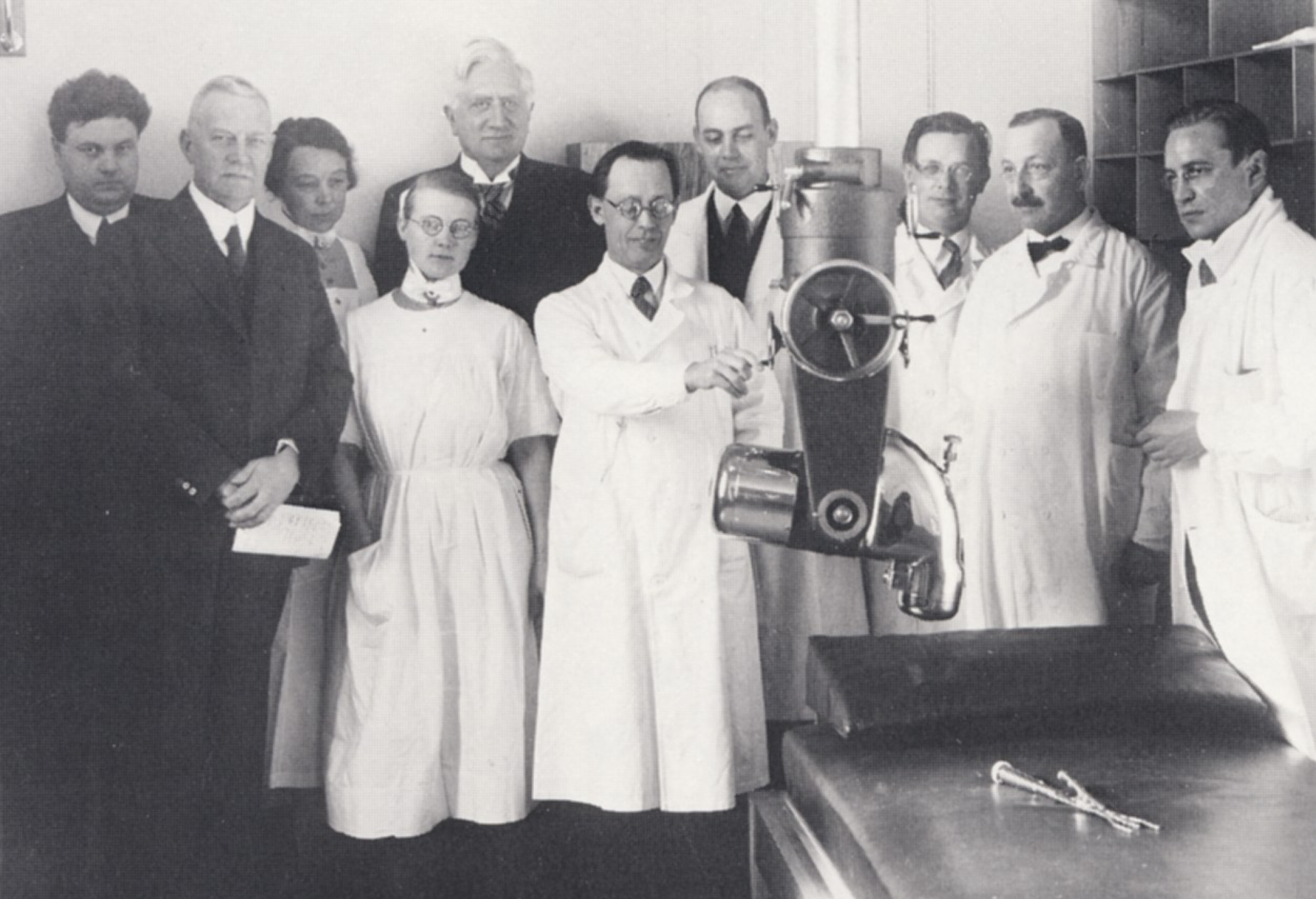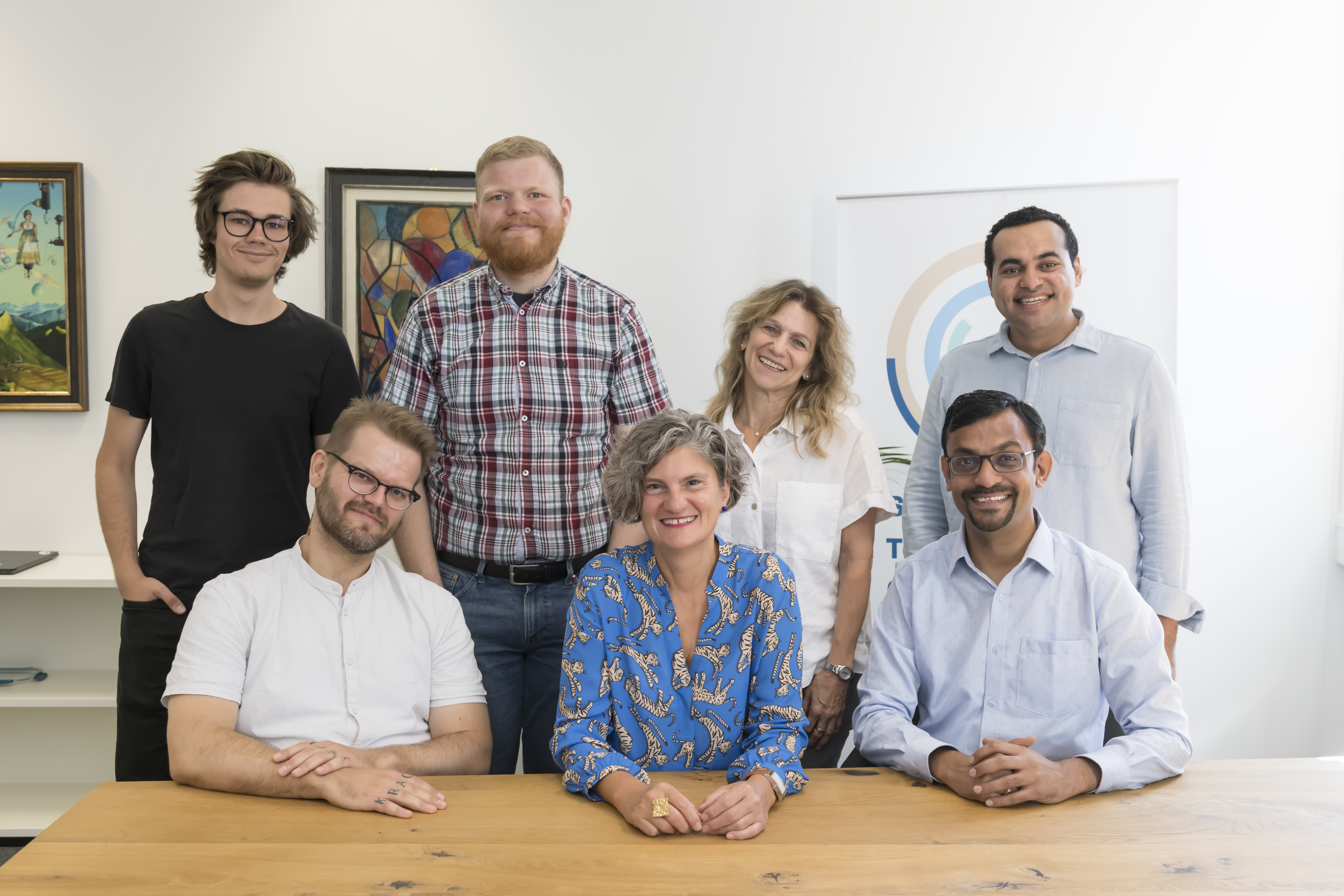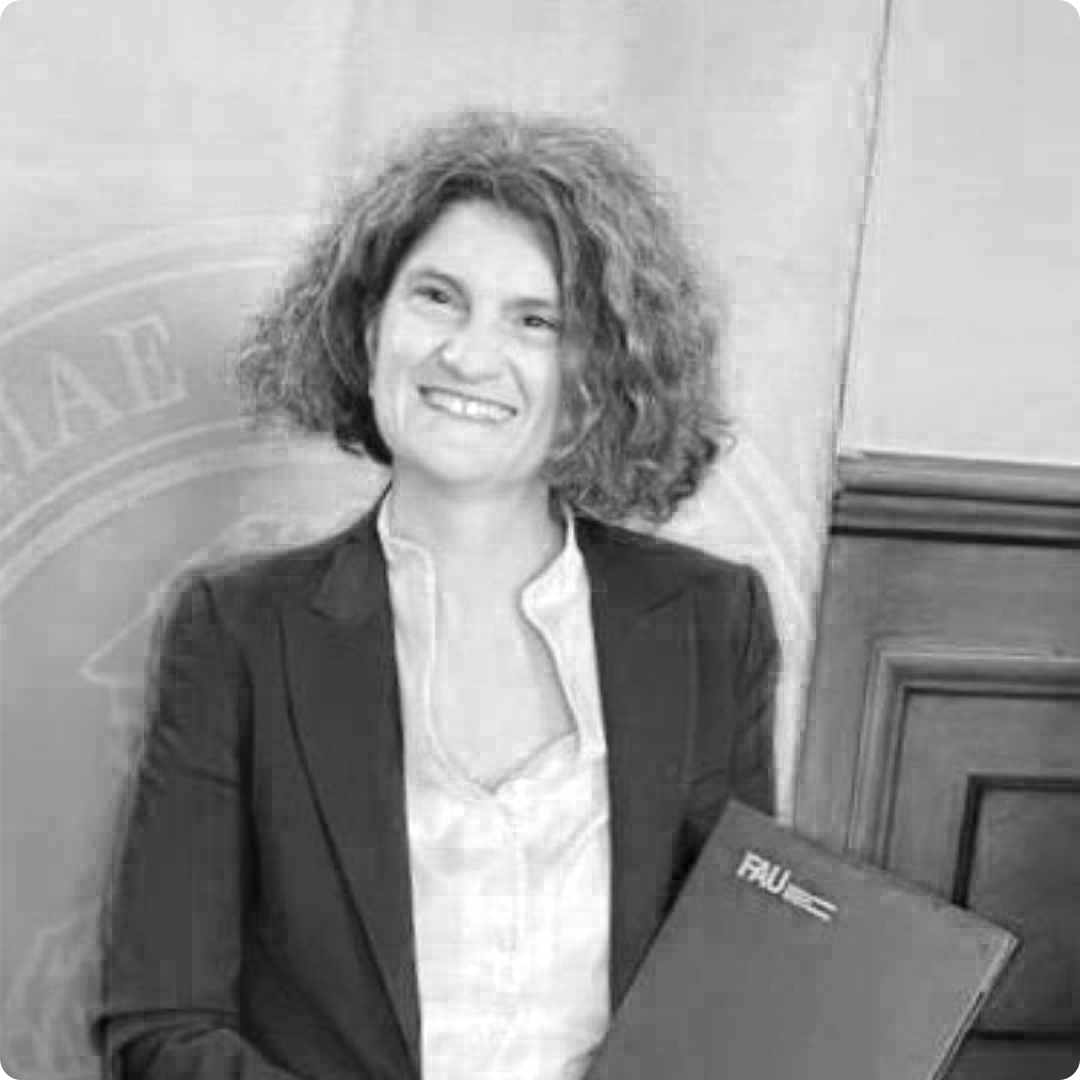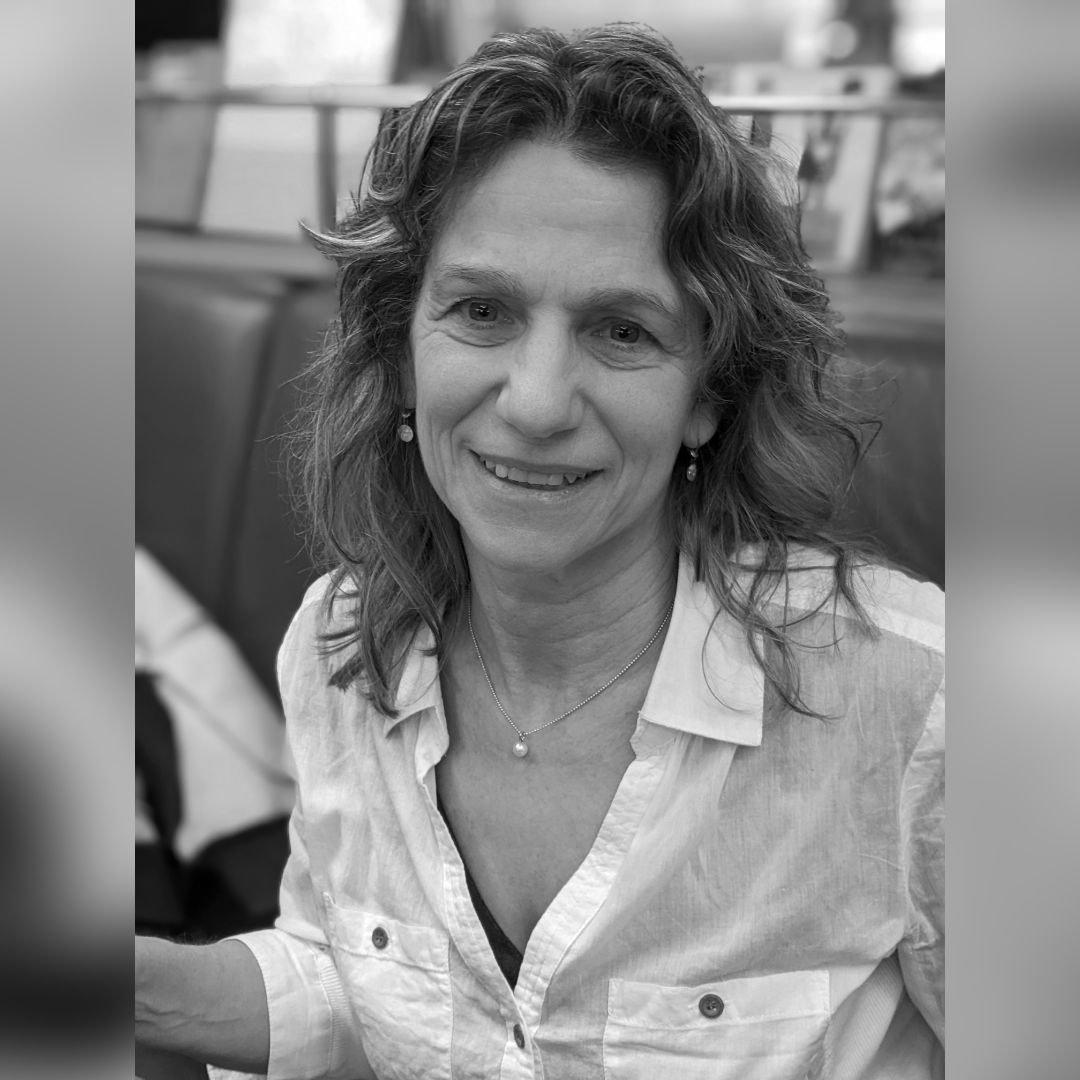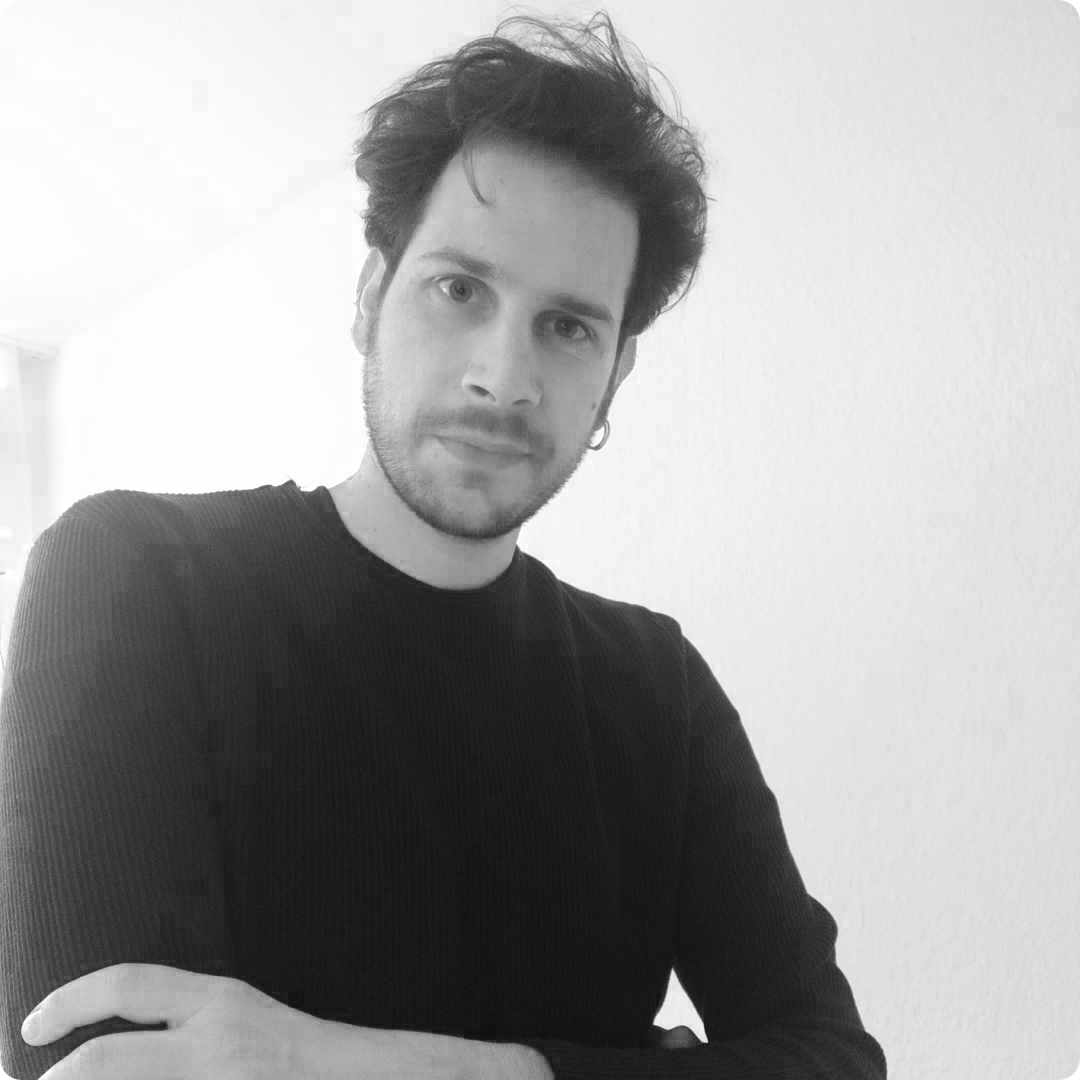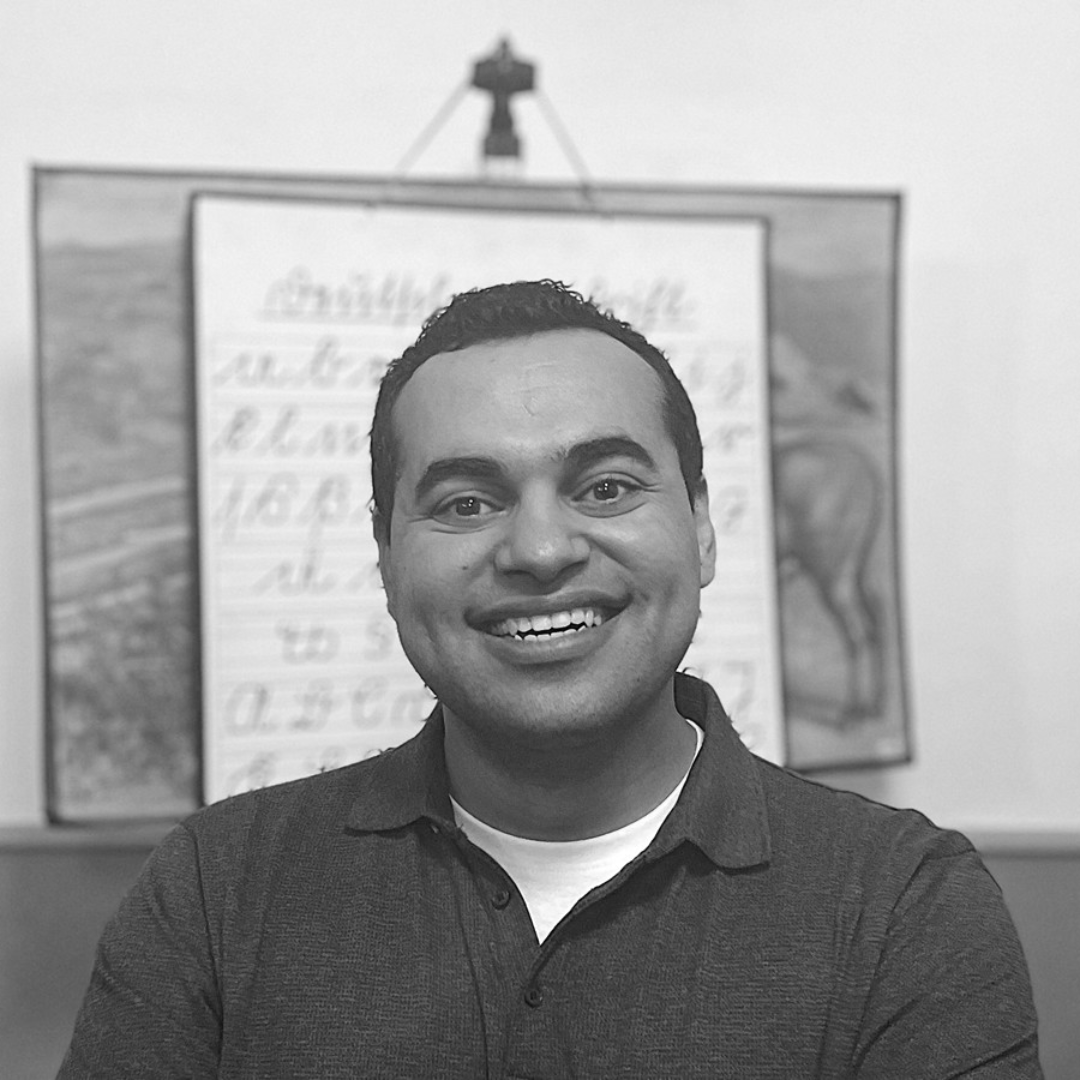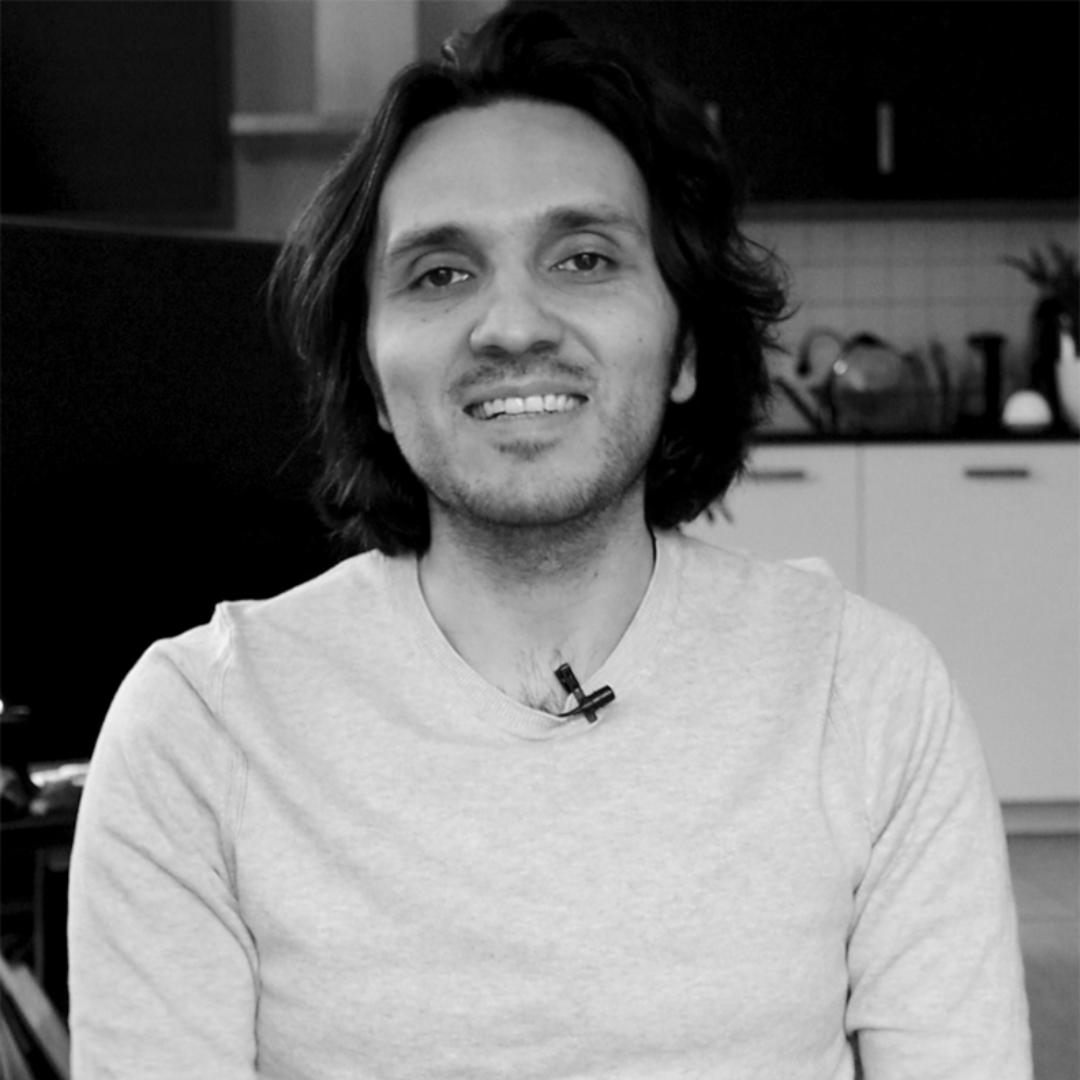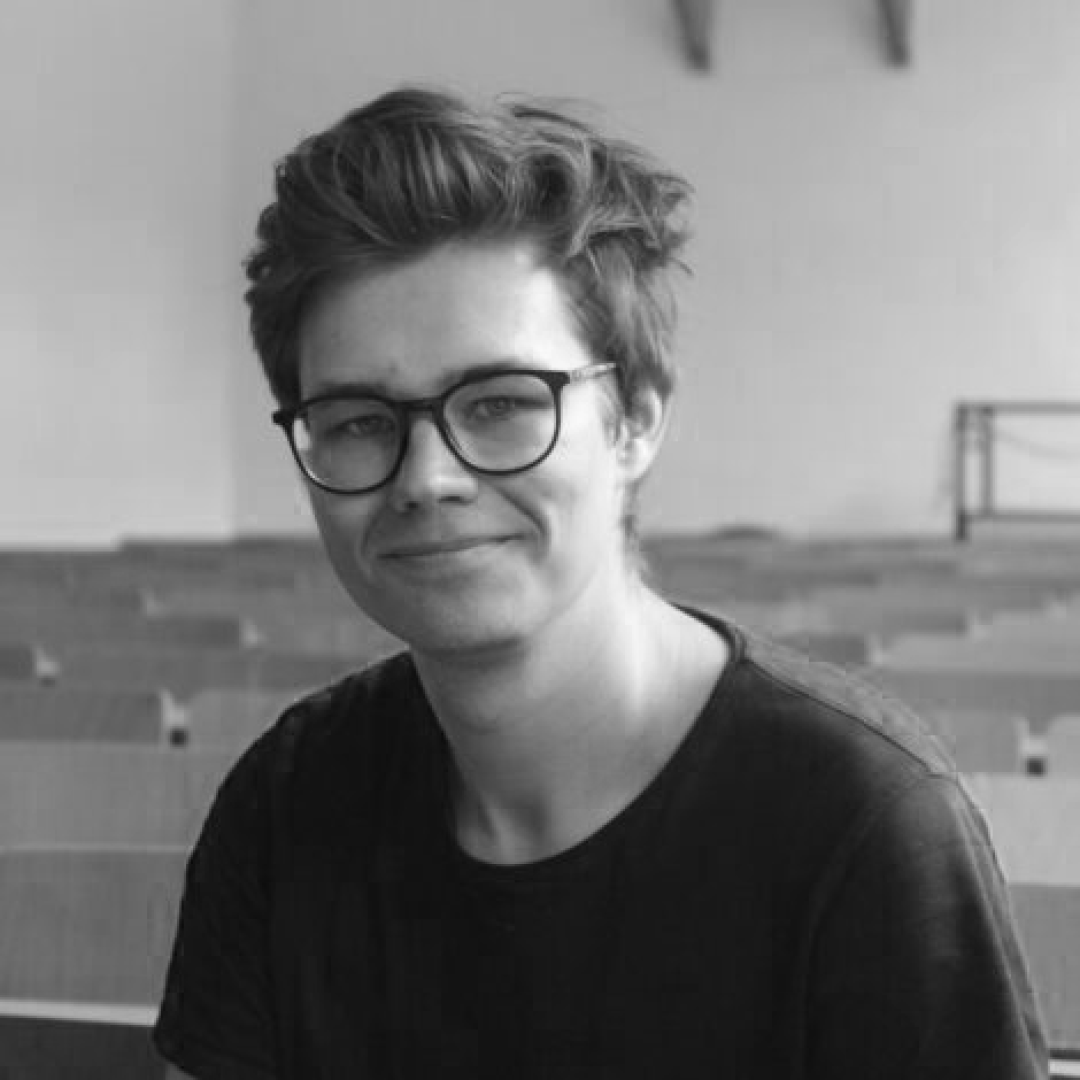
The Role of the International Atomic Energy Agency in the History of Radiation Protection (1957-2023)
How did the International Atomic Energy Agency, a diplomatic and political international organization, come to dominate scientific institutions with a long tradition in radiation protection? Established in 1957, the IAEA has become the most influential player in implementing dosimetric methods worldwide and in establishing protocols of practice in medicine and industry. It is the only United Nations body with specific statutory responsibilities for radiation protection and safety in all sectors.
Using methods from history, philosophy, and sociology of science, HRP-IAEA bridges disciplines by bringing history of science together with the history of international organizations and diplomatic relations. It marked a diplomatic turn in the history of science as diplomacy became central in analyzing post-war nuclear science.

